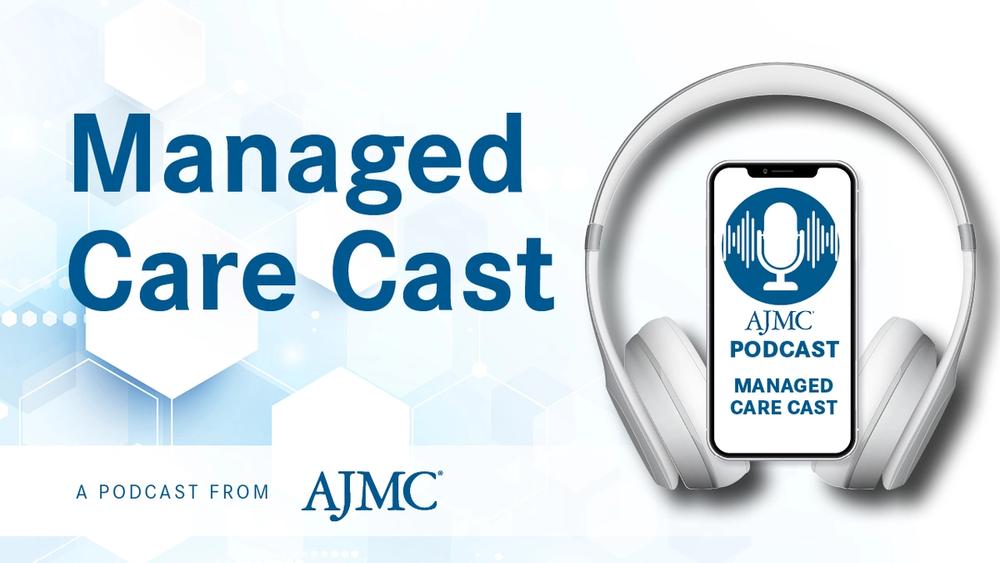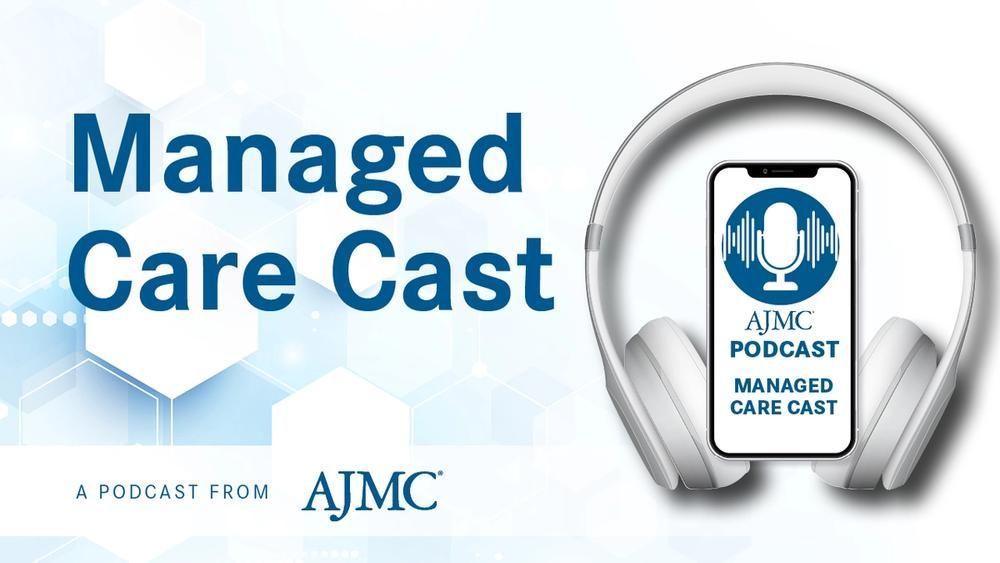Commentary
Article
Advancing Integrated Care for Comorbid Schizophrenia and Substance Use Disorder
Author(s):
Joshua Kaufman, MD, medical director of Behavioral Health and Medical Integration at Capital District Physicians' Health Plan, outlines the progression of treatment approaches for comorbid schizophrenia and substance use disorder.
Substance use disorders among patients with schizophrenia are prevalent; however, the treatment of these conditions has often been siloed, Joshua Kaufman, MD, medical director of Behavioral Health and Medical Integration at Capital District Physicians' Health Plan, explained in an interview with The American Journal of Managed Care®.
Historically, common approaches like the sequential or parallel treatment models have been used, though their challenges can be particularly impactful for this patient population as navigating separate, uncoordinated systems of care is often difficult for those experiencing symptoms of either condition. Kaufman delved into the shift toward integrated treatment models and how these approaches are reshaping care, offering more comprehensive and effective solutions for those living with comorbid substance use and schizophrenia conditions.
Challenges in Traditional Treatment Models
Prior to the parallel model that’s often used today, treatment followed a sequential model, where patients were required to complete treatment for one disorder before addressing the other. This approach often led to delays in care, low adherence, and poor clinical outcomes, as many patients struggled to complete both phases of treatment, according to Kaufman.
The parallel model emerged as an alternative, allowing patients to receive treatment for both disorders simultaneously. However, because separate providers deliver care without coordination, it often results in poor communication, conflicting treatment plans, and high dropout rates.
The Rise of Integrated Care in Psychiatry
“Optimized treatment, which is always the goal, really involves what we call an integrated, patient-centered approach that is able to treat both disorders simultaneously,” he said.
The most evidence-based and effective approach to treating co-occurring schizophrenia and substance use disorders is the integrated model, which emphasizes the simultaneous treatment of both conditions, recognizing their interrelated nature. Kaufman explained that this involves multidisciplinary teams comprising psychiatrists, primary care physicians, case managers, and peer advocates, all working together to provide comprehensive care. Coordinated efforts streamline treatment plans and help reduce barriers to access, ensuring that patients receive the support they need.
Additionally, wraparound support services, such as appointment reminders, social support, and outreach programs, enhance the overall treatment experience. By acknowledging the complexity of treating schizophrenia alongside substance use disorders, integrated care aims to reduce stigma, improve adherence to treatment, and ultimately enhance patient outcomes.
The Role of Primary Care and Peer Advocacy
While the integrated, patient-centered approach addresses the disadvantages that accompany the parallel approach, this practice is still in the process of being widely implemented.
“We're living in a time where this [parallel] model is still very popular, and as I move into the next model, which is the more optimized model, I think we're living in an inflection point right now where there's more focus, more energy being diverted to transitioning from [the parallel approach],” he said.
Primary care physicians are playing an increasingly vital role in managing both conditions, particularly as access to specialized psychiatric care remains limited. With enhanced training in addiction medicine and mental health care, they help bridge the gap in treatment availability, according to Kaufman.
Peer advocacy has gained momentum, particularly in response to the opioid epidemic. Individuals with lived experience provide unique insights, encouragement, and firsthand understanding, making recovery more attainable for many patients.
“In the context within the past several decades, we are seeing a significant decrease in stigmatization of mental health disorders, which is a fantastic thing,” Kaufman shared. “This has led to a blossoming of the field of peer advocacy, where peer advocates are practitioners who, they themselves, have lived experience with that illness, and so they offer a unique insight into being a support system.”





